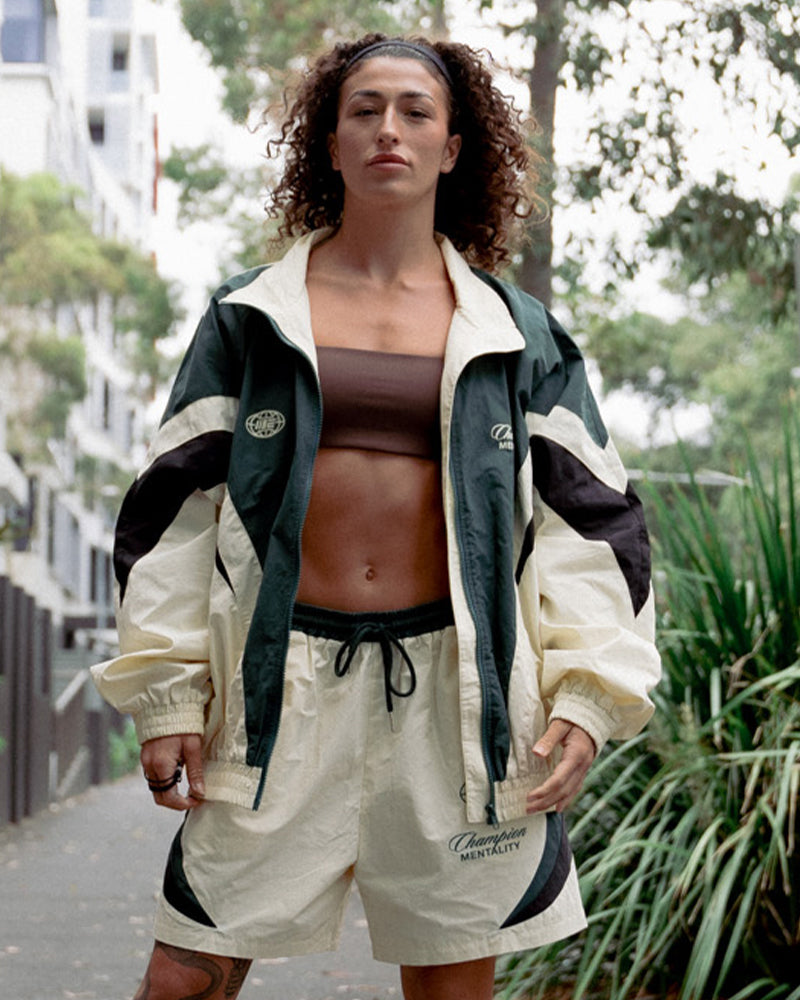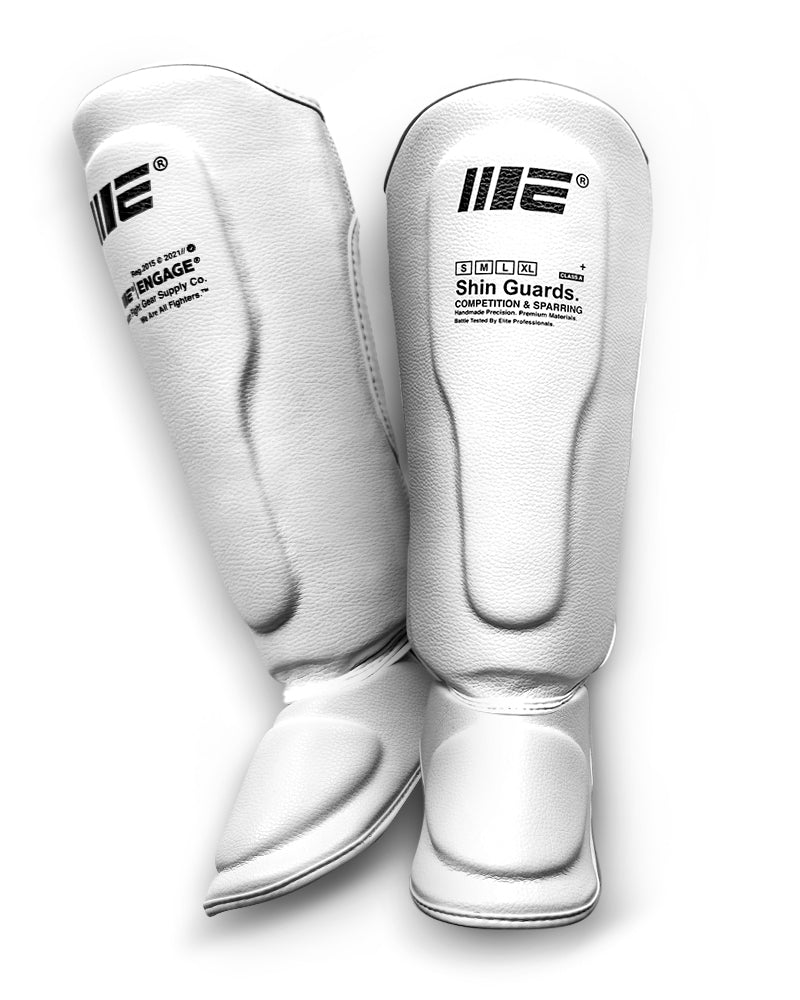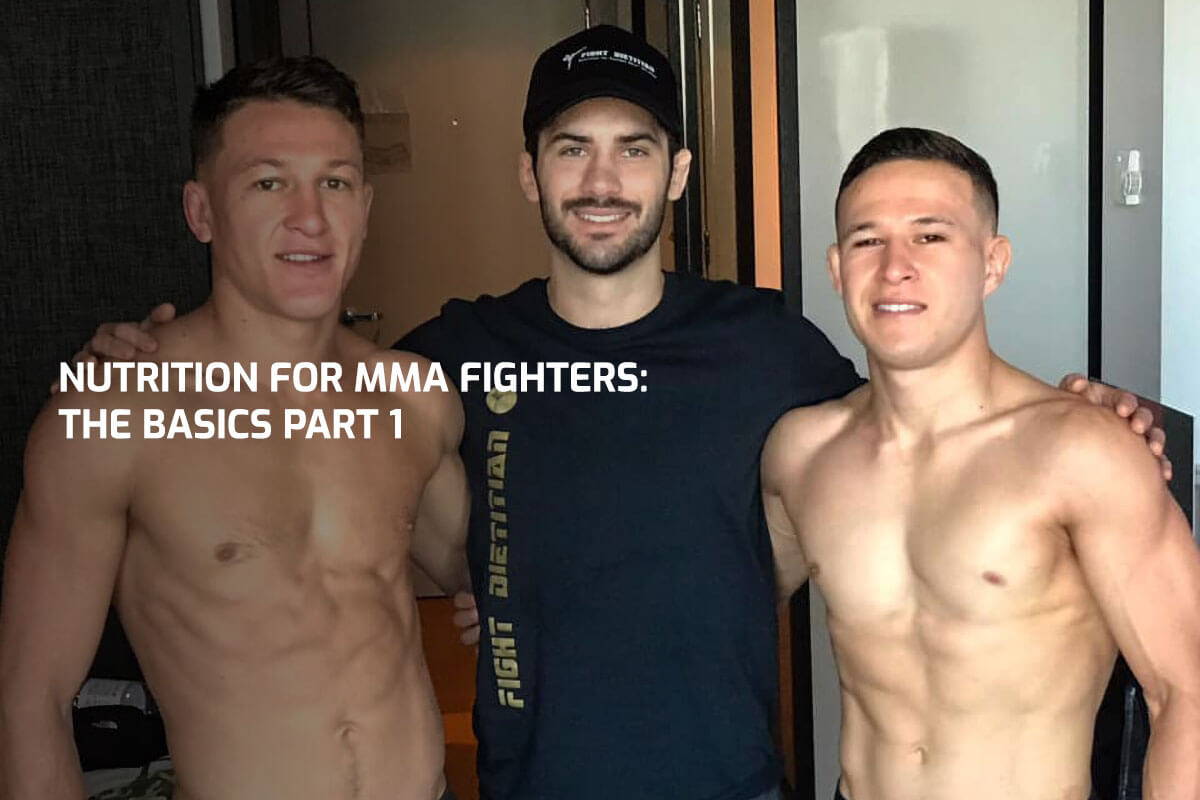Everyone knows what food is, but not everyone knows what food is made of. We have all heard of carbs, fats and protein, but defining what they actually are can be tricky. It gets even more complicated when we try to find foods that fit in to the categories of carbs, protein and fats. When you get in to it, you find out it is not as straightforward as you may think it should be specially in planning your healthy diet.
Over my next few blogs I will describe what each of these are and what important points you need to know, and then relate them back to your training, recovery and performance. I will also go over how to find good sources of them and how to incorporate this in to your current diet and nutrition plan. Let’s start with carbohydrates.



















